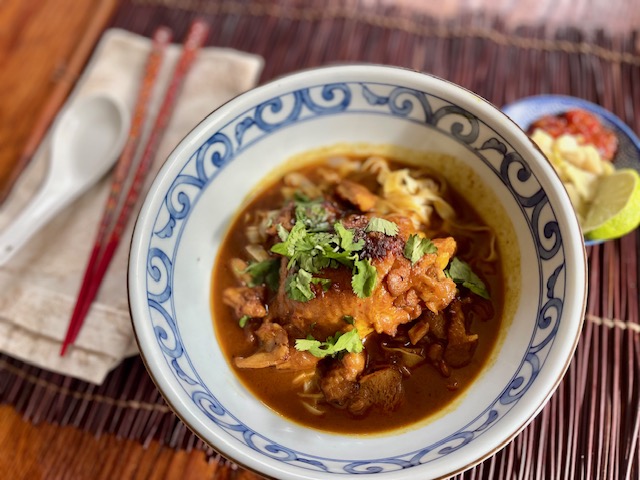
I learned how to make this dish from my friend Zack at The Fungivore, who spent time in Thailand before moving to Oaxaca where he now leads mushroom foraging and travel adventures. Though not traditional, chanterelles make a worthy addition with their fruity-fungally flavor and meatiness. I think of this as a hearty winter curry—and a smart way to use frozen chanterelles that I’ve put up for the year. We doubled the recipe to feed ten hungry foragers after a January day of mushroom hunting in the woods of Mendocino, pairing it with a Thai salad of pomelo, cabbage, and cilantro tossed with a dressing of blended lime juice, garlic, chili pepper, and fish sauce.
- 1 can (4-oz) Penang curry paste
- yellow curry powder (enough to fill 1/2 the empty curry paste can)
- 3-4 tbsp fish sauce
- 3 tbsp canola oil, plus more if needed
- 4-5 chicken thighs, skin on, bone in
- 2 or 3 shallots, diced
- 1 cup chicken stock
- 1 can (14-oz) unsweetened coconut milk
- 2-3 tbsp palm sugar
- 1 lb chanterelles, torn into pieces
- 1 package Chinese egg noodles
- garnish: lime wedges, cilantro, chili sauce, pickled cabbage or mustard greens
- Add one can of Penang curry paste to a large mixing bowl. Fill half the empty can with yellow curry powder and add that to the bowl. Stir curries together with 3 or 4 tablespoons of fish sauce, or to taste. Add chicken thighs and slather with curry mixture. If preparing ahead, refrigerate a few hours to marinate, otherwise proceed to next step.
- In a wok or large pot, sauté marinated chicken thighs in oil over medium-low heat. This can be a delicate procedure; turn thighs with tongs, adding a little more oil if necessary, making sure the curry paste doesn’t burn on the bottom. Add diced shallots as thighs begin to brown and continue moving chicken pieces around until all are lightly browned.
- Add stock to deglaze, then coconut milk. Sweeten with palm sugar to taste and simmer until chicken is tender.
- Cook egg noodles according to package directions, drain, rinse with cold tap water, and set aside. Note: reserving some uncooked noodles to fry as an additional crunchy garnish is a nice touch and typical of Northern Thai preparations. Rehydrate the dried noodles in cold water for a few minutes, pat dry, and pan-fry in oil.
- Prepare remaining garnish ingredients.
- Add chanterelles to curry just before serving. If the mushrooms are fresh rather than previously sautéed and frozen, allow enough time to properly cook, several minutes.
- For each serving, add boiled noodles to a bowl, ladle curry and a chicken thigh on top, and garnish.

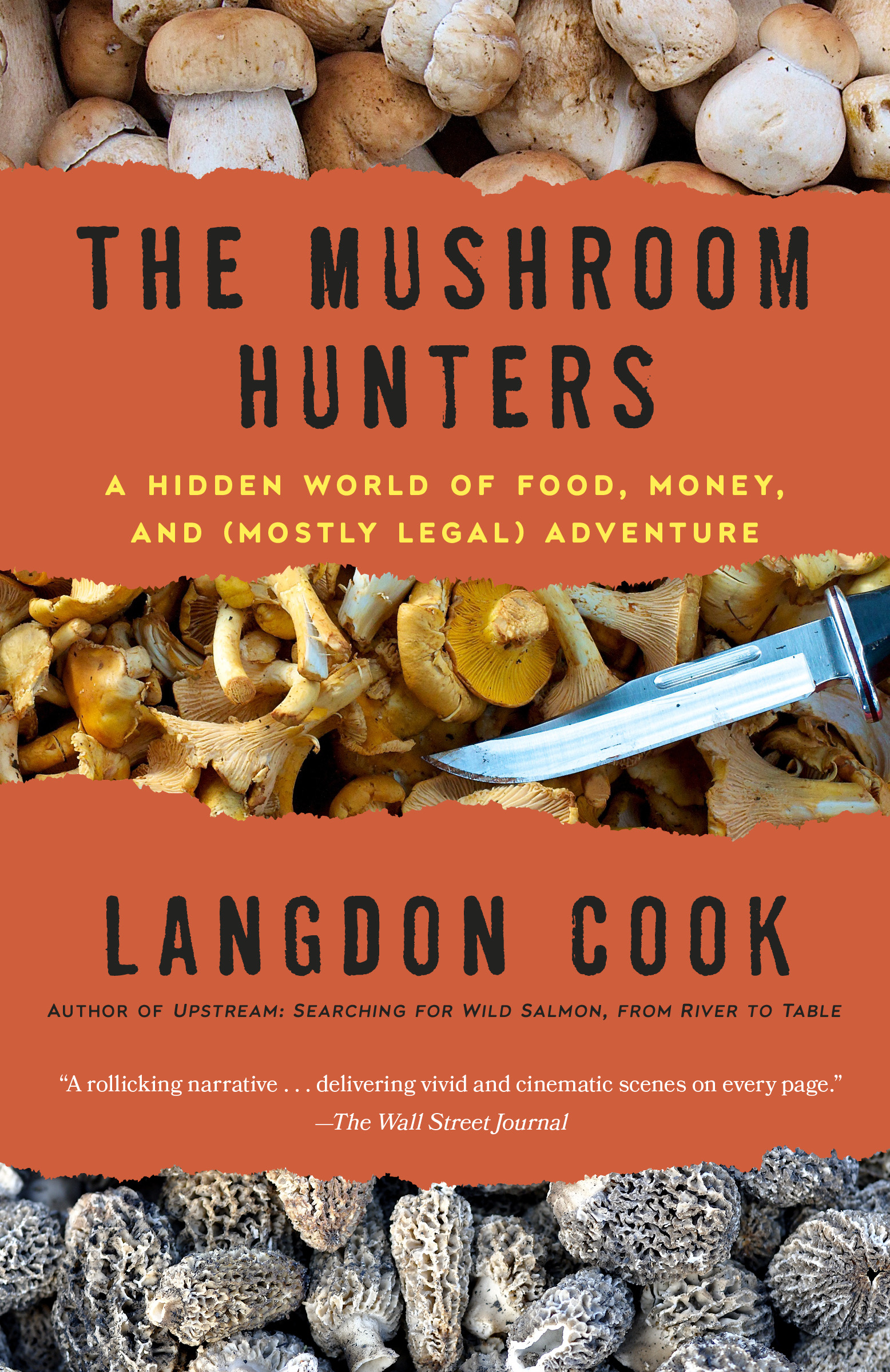
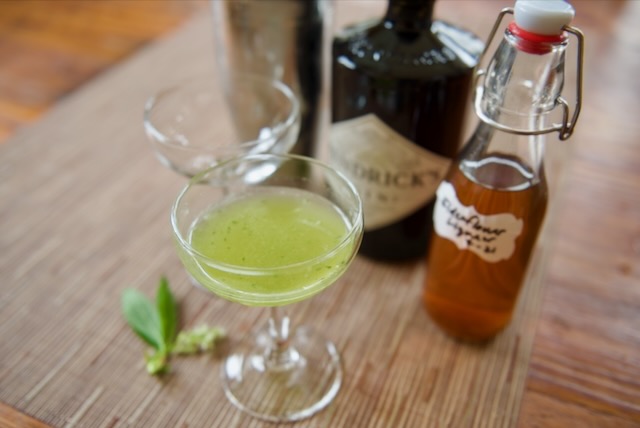

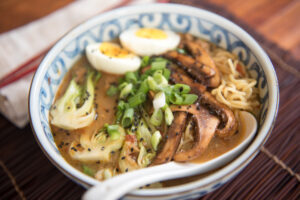 I DON’T PRETEND to be a ramen aficionado. That seems to be a full-time job these days. But I like ramen, and a home-made ramen rather than the packaged instant variety can still be a fairly quick meal. This miso-based version is goosed with the sublime meatiness and funky flavor of soy-glazed matsutake mushrooms.
I DON’T PRETEND to be a ramen aficionado. That seems to be a full-time job these days. But I like ramen, and a home-made ramen rather than the packaged instant variety can still be a fairly quick meal. This miso-based version is goosed with the sublime meatiness and funky flavor of soy-glazed matsutake mushrooms.  HERICIUM IS A GENUS of fungi that includes edible favorites like the lion’s mane and bear’s head. Cooked hericium has a texture similar to crab meat as well as a hint of seafood taste. Faux crab cakes are a popular way to prepare this fungus for the table.
HERICIUM IS A GENUS of fungi that includes edible favorites like the lion’s mane and bear’s head. Cooked hericium has a texture similar to crab meat as well as a hint of seafood taste. Faux crab cakes are a popular way to prepare this fungus for the table.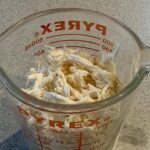 2 loose cups bear’s head fungus, torn into small pieces to imitate lump crab meat
2 loose cups bear’s head fungus, torn into small pieces to imitate lump crab meat




.jpg)
